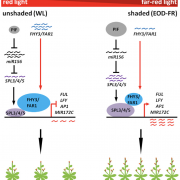
Integration of light signaling with endogenous developmental pathway to regulate flowering (Mol. Plant)
Plant Science Research WeeklyResponse to changing environmental conditions is key for plant reproductive success. Previous studies have implicated FAR-RED ELONGATED HYPOCOTYL3 (FHY3) and FAR-RED IMPAIRED RESPONSE1 (FAR1) as inhibitors of flowering in phytochrome A signaling pathway. miR156-targeted SQUAMOSA PROMOTER BINDING PROTEIN…
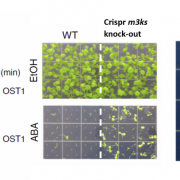
The M3Ks, a missing component discovered in the early ABA core signaling module (Nature Comms)
Plant Science Research WeeklyAbout a decade ago, the ABA receptors [PYR-ABACTIN RESISTANCE (PYR/PYL)/REGULATORY COMPONENT OF ABA RECEPTOR (RCAR)] were discovered, establishing the PYL-PP2C-SnRK2s core signalling module, in which ABA-binding to PYR/PYL receptors inhibits PP2C phosphatases, leading to activation of SnRK2 kinases,…
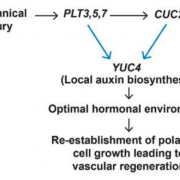
A feedforward loop controls vascular regeneration and tissue repair through local auxin biosynthesis (Development)
Plant Science Research WeeklyPlants are constantly exposed to biotic and biotic stresses that can cause tissue damage, and, as a response, plants have evolved remarkably plastic regenerative mechanisms in response to wounding. Although some genes required for regeneration have been identified in the Arabidopsis root context, most…
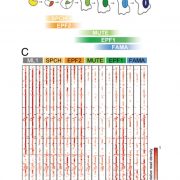
MicroRNAs and the control of stomatal development (PNAS)
Plant Science Research WeeklyStomata mediate critical functions in plant life: gas exchange, water loss, and some environmental responses. At the molecular level, some bHLH transcription factors and a MAP-kinase pathway control a series of asymmetric and symmetric cell divisions of stomatal stem cells to form a guard cell. In…
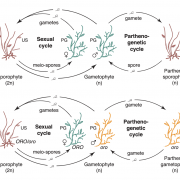
Convergent recruitment of TALE homeodomain life cycle regulators to direct sporophyte development in land plants and brown algae (eLIFE)
Plant Science Research WeeklyLife cycles in sexually reproducing plants and algae alternate between diploid (sporophytic) and haploid (gametophytic) generations. The haploid gametophyte produces gametes that mate to generate the diploid sporophyte, which in turn undergoes meiosis to generate haploid spores. Development must be coordinated…
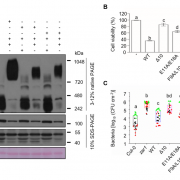
Formation of NB-LRR receptor ZAR1 resistome in vivo ($) (Mol. Plant)
Plant Science Research WeeklyTo fight against pathogenic microbes,plants have evolved intracellular nucleotide-binding, leucine-rich repeat (NB-LRR) receptors, known as NLRs, to monitor pathogen effector proteins and trigger robust immune responses. ZAR1 is a canonical NLR, and a forms a multimeric resistosome complex in vitro…
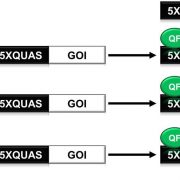
The Q-System as a synthetic transcriptional regulator in plants (Front. Plant Biol.)
Plant Science Research WeeklyThe ability to reliably induce a transgene has greatly enhanced the study of plant biology. Various chemical inducible system have worked robustly in plants, but plant synthetic biology is still lacking an efficient orthogonal (from outside) inducible system where multiple genes can be controlled at…

Plant Science Research Weekly: March 20
Blog, WWR Full PostUpdate: How plants sense and respond to stressful environments
A longstanding question in plant science is how plants “know” that they are under threat. The identification of cell-surface receptors that identify conserved pathogen patterns sheds some light on biotic stress perception, but what…
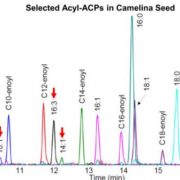
A Closer Look at Acyl-ACPs in Lipid Metabolism
Research, The Plant Cell, The Plant Cell: In BriefAcyl lipids are a wide range of compounds that have diverse functions in membrane synthesis, energy storage, and signal transduction. Fatty acids are key building blocks of acyl lipids that are synthesized by the fatty acid synthase complex via sequential condensation of two-carbon units to reach lengths…

